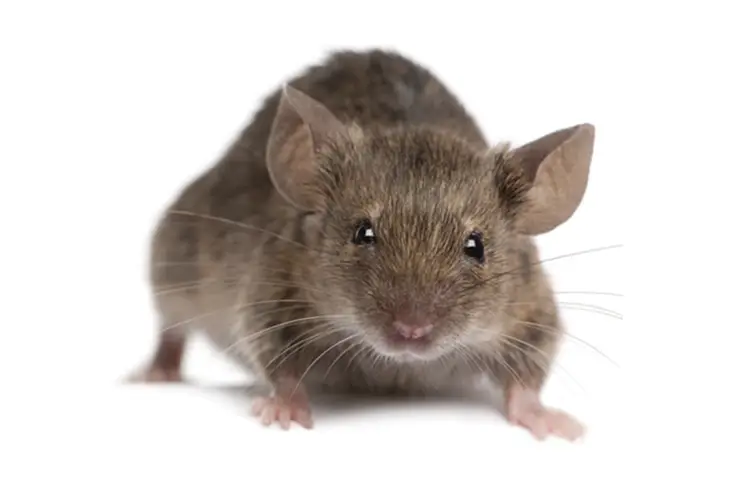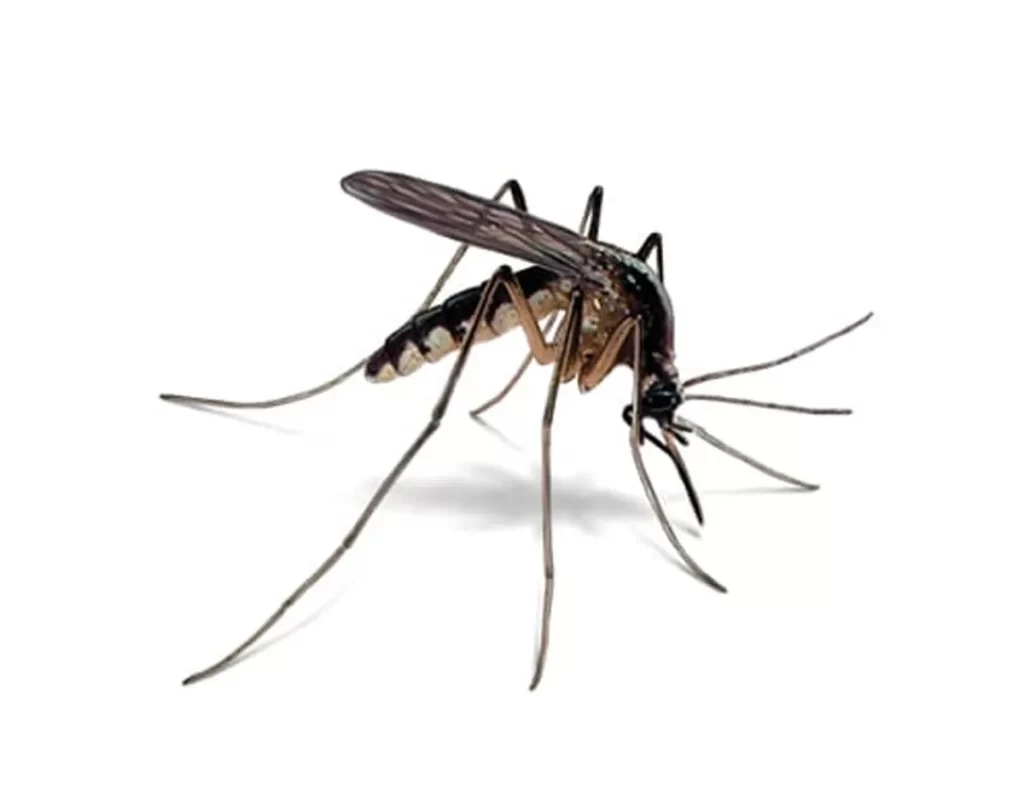Termites are among the most destructive pests, causing significant damage to homes and properties. In Singapore, the warm and humid climate creates the perfect environment for termites to thrive. Effective termite pest control is essential to prevent these silent destroyers from causing costly damage. In this blog, we’ll explore the importance of termite pest control in Singapore, the signs of termite infestations, and the best methods to protect your home from termites.
Table of Contents:
- Why Termite Pest Control is Essential in Singapore
- 1. Prevent Structural Damage
- 2. High Reproductive Rate
- 3. Invisible Threat
- 4. Climate Favorability
- 5. Economic Impact
- Signs of Termite Infestations
- 1. Mud Tubes
- 2. Hollow Wood
- 3. Discarded Wings
- 4. Frass (Termite Droppings)
- 5. Warped or Damaged Wood
- Effective Termite Pest Control Methods in Singapore
- 1. Regular Termite Inspections
- 2. Soil Treatment
- 3. Baiting Systems
- 4. Wood Treatment
- 5. Chemical Barriers
- 6. Physical Barriers
- 7. Moisture Control
- Preventing Future Termite Infestations
- Conclusion
Why Termite Pest Control is Essential in Singapore
Termites can cause extensive damage to the structural integrity of buildings, often without being detected until the damage is severe. Here’s why termite pest control in Singapore is crucial:
1. Prevent Structural Damage
Termites feed on cellulose found in wood, paper, and other materials. They can weaken the structure of buildings by feeding on wooden beams, flooring, and walls. If left unchecked, termite infestations can lead to costly repairs and even compromise the safety of your home.
2. High Reproductive Rate
Termites reproduce quickly, with a single queen capable of laying thousands of eggs. This rapid reproduction means that a small termite problem can escalate into a full-blown infestation in a short period. Effective termite pest control measures help manage and eliminate these pests before they can cause extensive damage.
3. Invisible Threat
Termites are often called “silent destroyers” because they can cause significant damage without being noticed. They live and feed within the structure of buildings, making it difficult to detect their presence until the damage is extensive. Regular termite inspections and pest control are crucial to identifying and eliminating termite infestations early.
4. Climate Favorability
Singapore’s warm and humid climate provides the ideal conditions for termites to thrive. The constant moisture in the environment attracts termites, making them a common problem in Singapore. Implementing termite pest control measures is essential to protect homes from these climate-adapted pests.
5. Economic Impact
Termite infestations can have a significant economic impact, costing homeowners thousands of dollars in repairs and treatments. Investing in termite pest control helps prevent these financial losses by protecting your home from termite damage.
Signs of Termite Infestations
Early detection is key to effective termite pest control. Here are some common signs that you might have a termite infestation:
1. Mud Tubes
Subterranean termites build mud tubes to travel between their nest and food sources. These tubes are typically found along the foundation of buildings, walls, or other structures. Mud tubes protect termites from predators and help maintain a moist environment, which is essential for their survival.
2. Hollow Wood
Termites eat wood from the inside out, leaving a thin layer of wood or paint on the surface. Tapping on wooden structures and hearing a hollow sound can indicate termite damage. If wood sounds hollow or breaks easily, it could be a sign of termite activity.
3. Discarded Wings
Termites shed their wings after swarming, leaving behind piles of discarded wings near windows, doors, or other entry points. Swarming typically occurs when termites are establishing new colonies, making discarded wings a sign of an active infestation.
4. Frass (Termite Droppings)
Drywood termites produce small, pellet-like droppings known as frass. These droppings can accumulate near wooden structures, baseboards, or windowsills. Finding frass is a clear sign of a termite infestation.
5. Warped or Damaged Wood
Termites can cause wood to warp, buckle, or become damaged. This damage is often mistaken for water damage. If you notice warped or damaged wood, it’s important to inspect for termite activity.
Effective Termite Pest Control Methods in Singapore
1. Regular Termite Inspections
Regular termite inspections are crucial for early detection and prevention. Professional pest control companies can conduct thorough inspections, identifying signs of termite activity and potential entry points. Regular inspections help catch infestations early, before they cause significant damage.
2. Soil Treatment
Soil treatment involves applying termiticides to the soil around the foundation of a building. This creates a chemical barrier that prevents termites from entering the structure. Soil treatment is a common and effective method of termite pest control in Singapore, particularly for new constructions.
3. Baiting Systems
Termite baiting systems involve placing bait stations around the perimeter of a property. These stations contain bait that attracts termites, which then carry the poison back to their colony. Baiting systems are an effective way to eliminate termite colonies and provide long-term protection.
4. Wood Treatment
Wood treatment involves applying termiticides directly to wooden structures, protecting them from termite attacks. This method is especially useful for treating existing structures and preventing termite infestations in vulnerable areas. Wood treatment can be used in combination with other termite pest control methods for enhanced protection.
5. Chemical Barriers
Chemical barriers involve applying liquid termiticides to the soil or foundation of a building, creating a barrier that termites cannot cross. This method is effective for both preventing and controlling termite infestations. Chemical barriers are commonly used in termite pest control in Singapore, providing long-lasting protection against termites.
6. Physical Barriers
Physical barriers, such as stainless steel mesh or sand barriers, can be installed during construction to prevent termites from entering buildings. These barriers are designed to block termites’ access to structures, providing a non-chemical solution for termite pest control.
7. Moisture Control
Termites are attracted to moisture, so controlling moisture levels in and around your home is crucial. Fix any leaks, improve drainage, and use dehumidifiers to reduce moisture levels. Keeping your home dry and well-ventilated helps prevent termite infestations.
Preventing Future Termite Infestations
– Regular Maintenance: Regularly inspect your home for signs of termite activity and address any issues promptly. Maintain a termite prevention plan to keep your home protected.
– Reduce Wood-to-Soil Contact: Keep wooden structures, such as decks and fences, elevated and away from direct contact with soil. This reduces the risk of termites accessing your home.
– Proper Landscaping: Keep shrubs, trees, and plants trimmed away from your home’s exterior. Avoid using mulch near the foundation, as it can attract termites. Maintain a clear zone around your home to reduce termite access.
– Monitor for Leaks: Fix any leaks and reduce moisture levels in your home. Use dehumidifiers in areas prone to dampness, such as basements and bathrooms.
Conclusion
Termite infestations can cause significant damage to homes and properties, making termite pest control in Singapore essential. By understanding the signs of infestations, using effective pest control methods, and taking preventive measures, you can protect your home from termites. Regular inspections, soil treatments, baiting systems, and moisture control are key strategies for keeping termites at bay.
If you suspect a termite infestation or want to protect your home, contact Ardent Pest Management Pte Ltd at 69504138 or email Query@ardentpest.com.sg. Our experienced team provides comprehensive termite pest control services, ensuring your home stays safe and termite-free.




